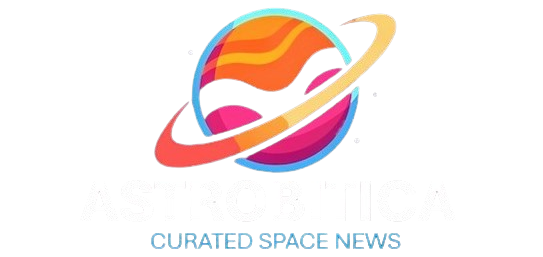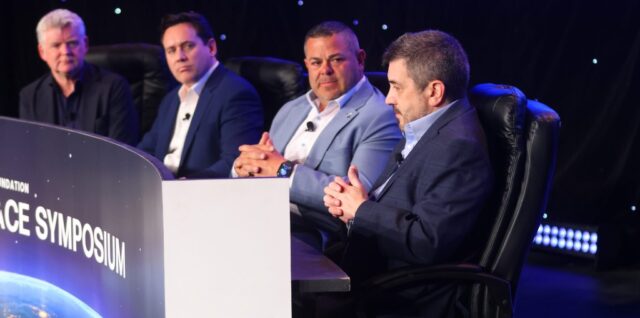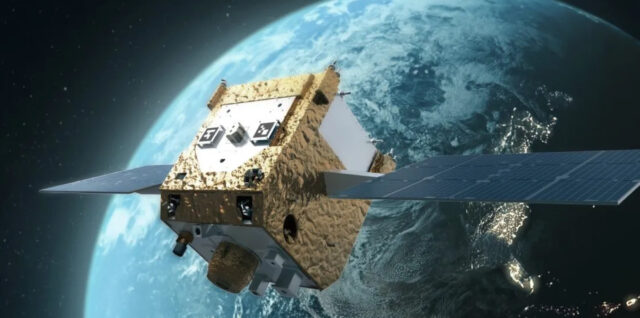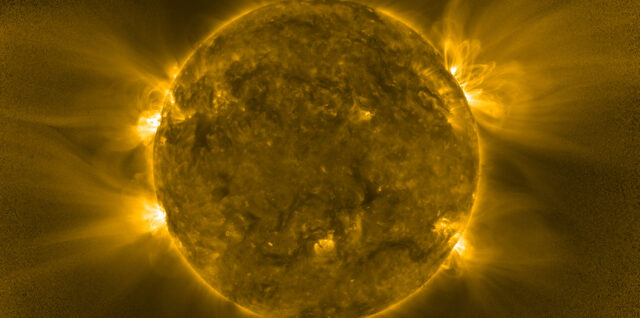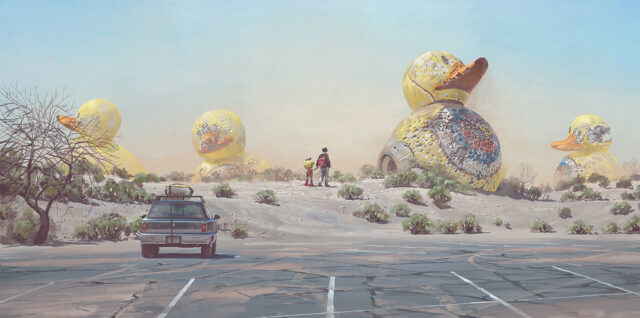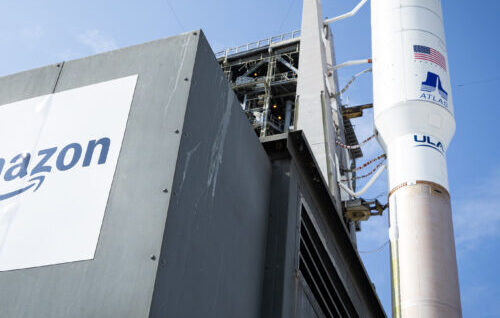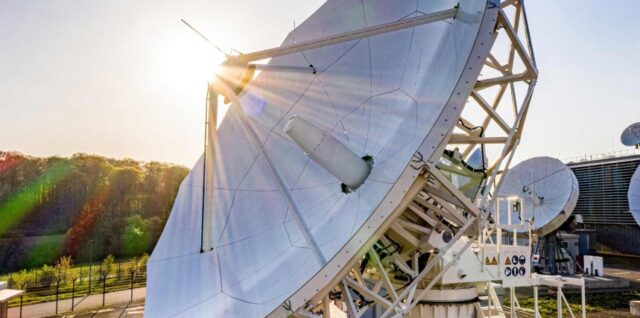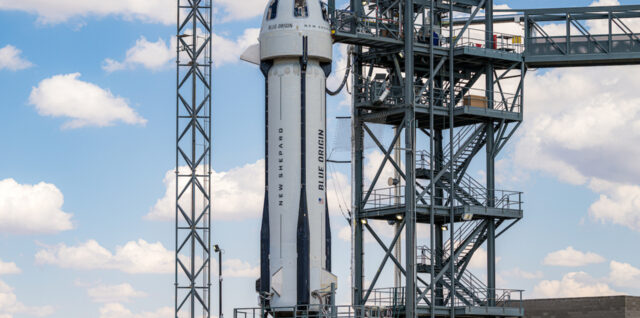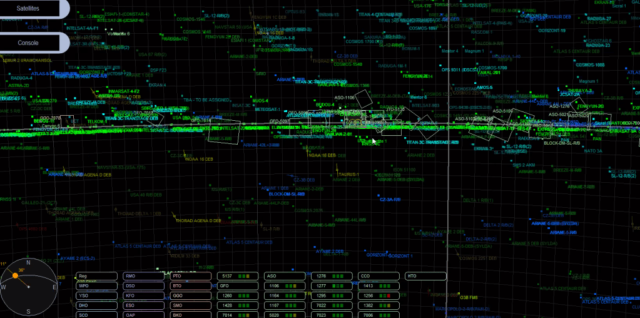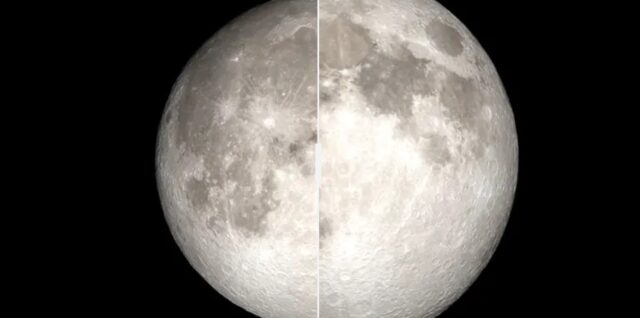White House proposal would slash NASA science budget and cancel major missions
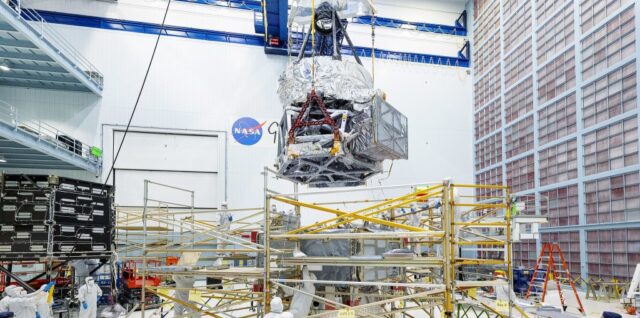
The White House is proposing steep cuts in NASA’s science program that, if implemented, would cancel several major missions, contradicting claims by the administration’s nominee to lead the agency. The post White House proposal would slash NASA science budget and cancel major missions appeared first on SpaceNews.
